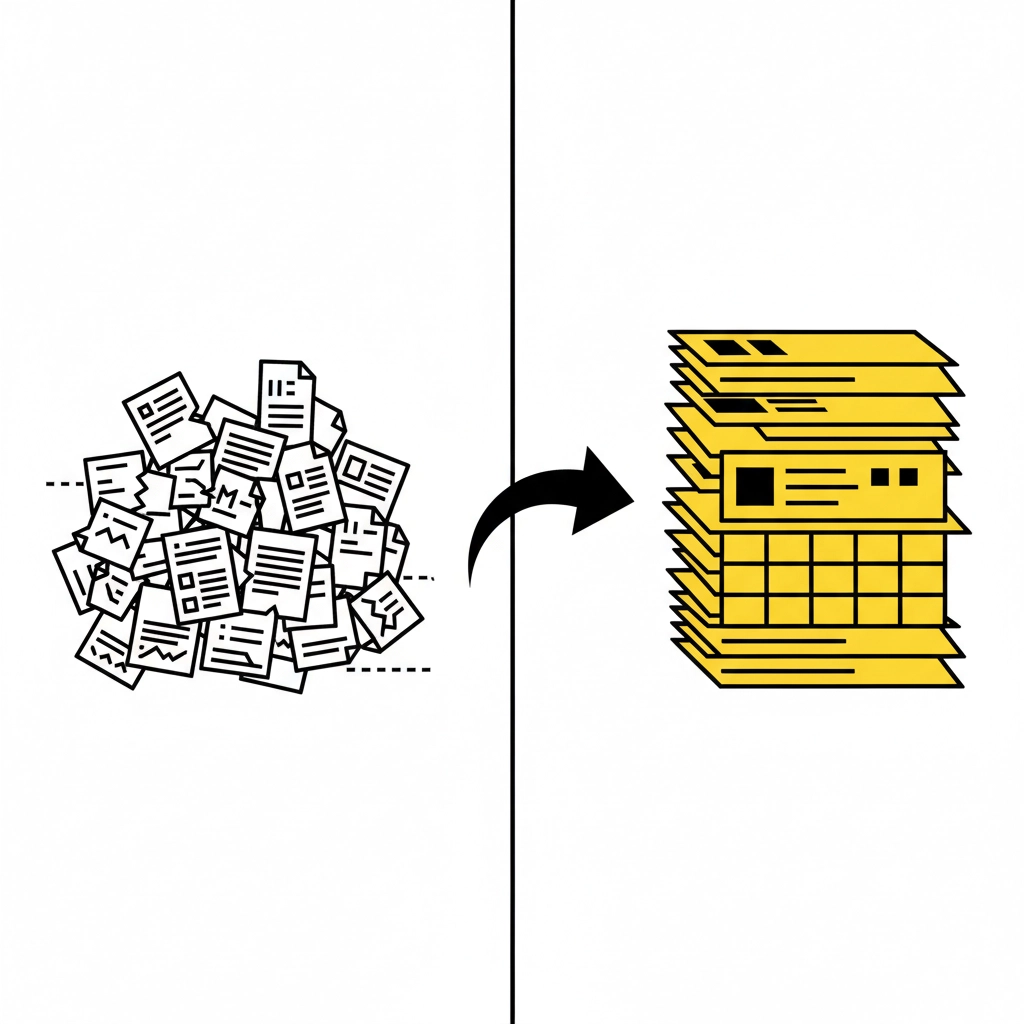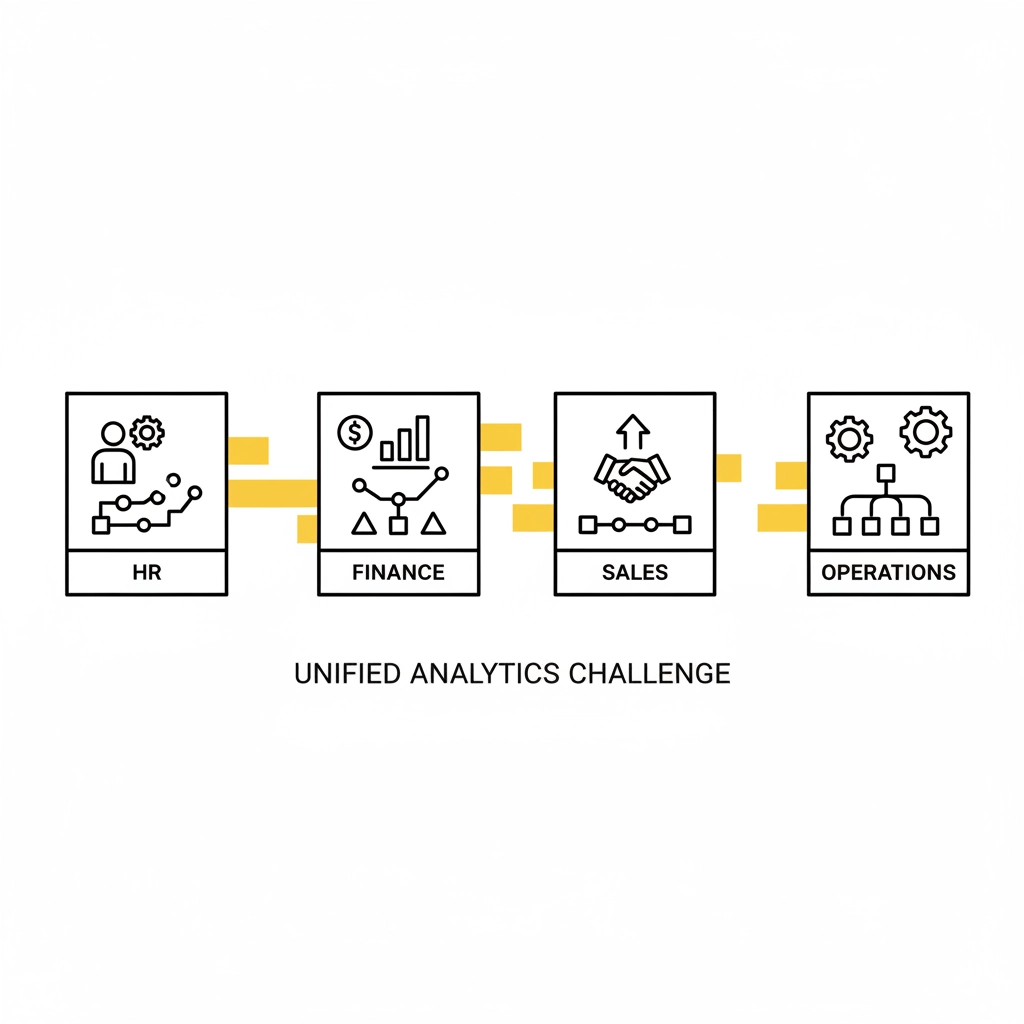Workforce Analytics Secrets Revealed: What HRIS Vendors Don't Want You to Know About Data-Driven Decision Making
- Justin Hall
- 1 hour ago
- 5 min read
You've probably heard the sales pitch: "Transform your HR decisions with powerful workforce analytics!" HRIS vendors love to showcase sleek dashboards, predictive models, and AI-powered insights that promise to revolutionize how you manage your people.
But here's what they're not telling you during those polished demos.
After working with dozens of companies implementing workforce analytics, I've seen the gap between vendor promises and reality. While these tools absolutely can transform your HR strategy, there are critical truths that vendors often downplay: or conveniently forget to mention entirely.
Let's pull back the curtain on what really happens when you try to make data-driven HR decisions.
The HR Data Quality Problem No One Talks About
Here's the uncomfortable truth: your analytics are only as good as your data. And most companies' HR data is messier than they realize.
I've seen organizations invest tens of thousands in sophisticated analytics platforms, only to discover their employee records are incomplete, job titles are inconsistent across departments, and performance data exists in three different formats. One client spent six months trying to get accurate headcount reports because their HRIS, payroll system, and timekeeping software all showed different numbers.

The reality is that most HRIS vendors assume you have clean, consistent data feeding into their system. They'll show you beautiful predictive models during the demo, but they won't spend much time discussing data hygiene, standardization processes, or the months of cleanup work you'll need before those analytics become meaningful.
What vendors don't emphasize: You'll likely need to dedicate significant resources to data cleansing and standardization before your workforce analytics deliver real value. Budget for this upfront, or you'll be disappointed with your results.
The Algorithm Black Box Problem
Here's something that should concern every HR leader: most vendors treat their analytics algorithms like trade secrets. When you ask how their system calculates flight risk, predicts performance, or recommends salary adjustments, you'll often get vague answers about "proprietary machine learning models."
This lack of transparency creates real problems. How do you explain to your CEO why the system recommends promoting one employee over another? How do you ensure your analytics aren't perpetuating bias? How do you validate whether the insights make sense for your specific industry or company culture?
I've worked with companies that discovered their "AI-powered" turnover predictions were wildly inaccurate for their workforce, but they had no way to understand why or adjust the underlying logic.
What this means for you: Ask hard questions about algorithm transparency during vendor evaluations. If they can't explain how their models work, you might be buying a black box that doesn't fit your needs.
Integration Reality vs. Marketing Fantasy
Every HRIS vendor claims "seamless integration" with your existing systems. The marketing materials show data flowing effortlessly between platforms. The reality? Integration is usually the most complex and time-consuming part of any workforce analytics implementation.

Your payroll system was built in 2015. Your applicant tracking system uses different employee ID formats. Your performance management tool runs on a completely different data structure. Getting these systems to talk to each other: and keep talking reliably: requires significant IT resources and ongoing maintenance.
One client spent eight months just trying to sync their HRIS with their timekeeping system. Another discovered that their "integrated" platform required manual data exports and imports every week to stay current.
The hidden cost: Budget 2-3x more time and resources for integration than vendors initially suggest. And plan for ongoing maintenance: data integration isn't a one-time setup.
The Organizational Readiness Factor
Here's what vendors rarely discuss during sales calls: technology is just one piece of successful workforce analytics. The bigger challenge is often organizational readiness.
Your HR team needs to develop new skills. Managers need training on how to interpret and act on analytics insights. Leadership needs to commit to making decisions based on data rather than gut instinct. You need processes for who accesses what data, how insights get communicated, and how analytics influence actual decisions.
I've seen companies with world-class analytics platforms that sit unused because nobody knew how to translate the insights into action. The technology worked perfectly: the organizational change management didn't.
The Cross-Departmental Data Challenge
Want truly powerful workforce analytics? You need more than HR data. The most valuable insights come from connecting people metrics with business outcomes: sales performance, customer satisfaction, operational efficiency, financial results.
But here's the problem: most HR departments don't have access to this broader organizational data. And even when they do, connecting HR systems with finance, sales, and operations systems introduces another layer of complexity.

Vendors will show you impressive case studies where workforce analytics predicted business outcomes. What they don't mention is that those companies spent months or years building data connections across multiple departments, with significant buy-in from IT and executive leadership.
The Privacy and Governance Burden
Modern workforce analytics can track everything: productivity metrics, email patterns, calendar usage, badge swipes, performance indicators. This creates powerful insights but also significant privacy and governance responsibilities.
Most vendors provide the technology to collect and analyze this data, but they leave the governance framework entirely up to you. You need policies about what data gets collected, who can access different types of insights, how long information is retained, and how employee privacy is protected.
This isn't just about compliance: it's about maintaining trust. Employees need to understand how their data is being used and feel confident that analytics are being applied fairly.
The Real Implementation Timeline
Vendor demonstrations make workforce analytics look instant. Upload your data, and boom: insights appear. The reality is that meaningful workforce analytics implementation takes 12-18 months for most organizations.
Month 1-3: Data assessment and cleanup Month 4-6: System integration and configuration Month 7-9: User training and process development Month 10-12: Testing and refinement Month 13+: Ongoing optimization and expansion
Rush this timeline, and you'll end up with analytics that nobody uses or trusts.
What You Should Do Instead
Despite these challenges, workforce analytics absolutely can transform your HR strategy. Here's how to approach it successfully:
Start with specific business questions, not technology features. What decisions do you want to make better? What problems are you trying to solve? Choose your platform based on how well it addresses these specific needs.
Invest in data quality first. Clean up your existing HR data before implementing new analytics tools. This foundation work isn't exciting, but it's essential.
Plan for organizational change. Budget time and resources for training, process development, and change management. The technology is just an enabler: people make it valuable.
Demand transparency. Choose vendors who can explain how their algorithms work and provide insights into their decision-making logic.
Think integration from day one. Map out all the systems that need to connect and understand the technical requirements upfront.
The Bottom Line
Workforce analytics can absolutely revolutionize how you make HR decisions. But success requires understanding the full picture: not just the polished vendor presentations.
The companies that succeed with workforce analytics treat it as a strategic initiative, not a technology purchase. They invest in data quality, organizational readiness, and long-term change management. They ask hard questions during vendor selection and plan for the real-world complexities of implementation.
The "secrets" aren't really secrets; they're just realities that don't make for compelling sales presentations. Understanding them upfront will save you time, money, and frustration while setting you up for genuine success with data-driven HR decisions.
Ready to implement workforce analytics the right way? Contact us to discuss how we can help you navigate the real challenges and maximize your investment in HR technology.
Comments